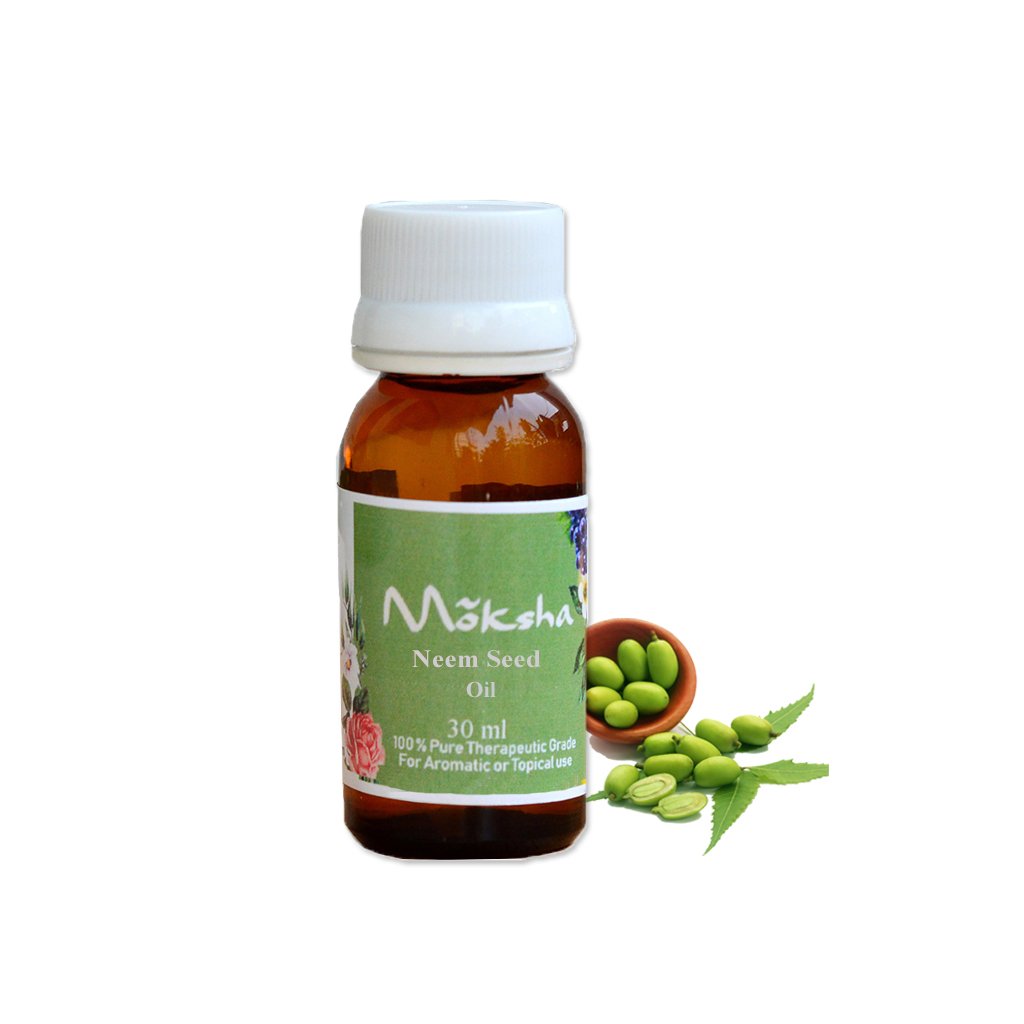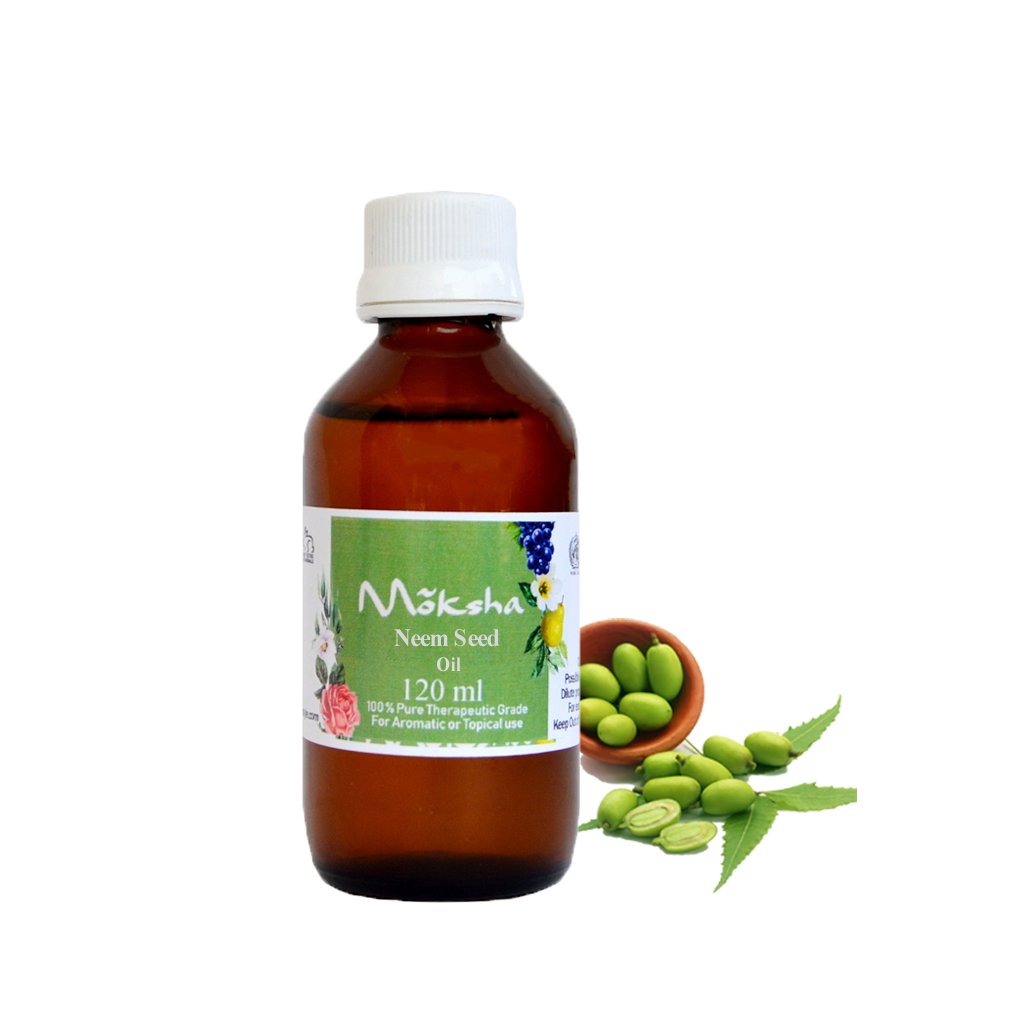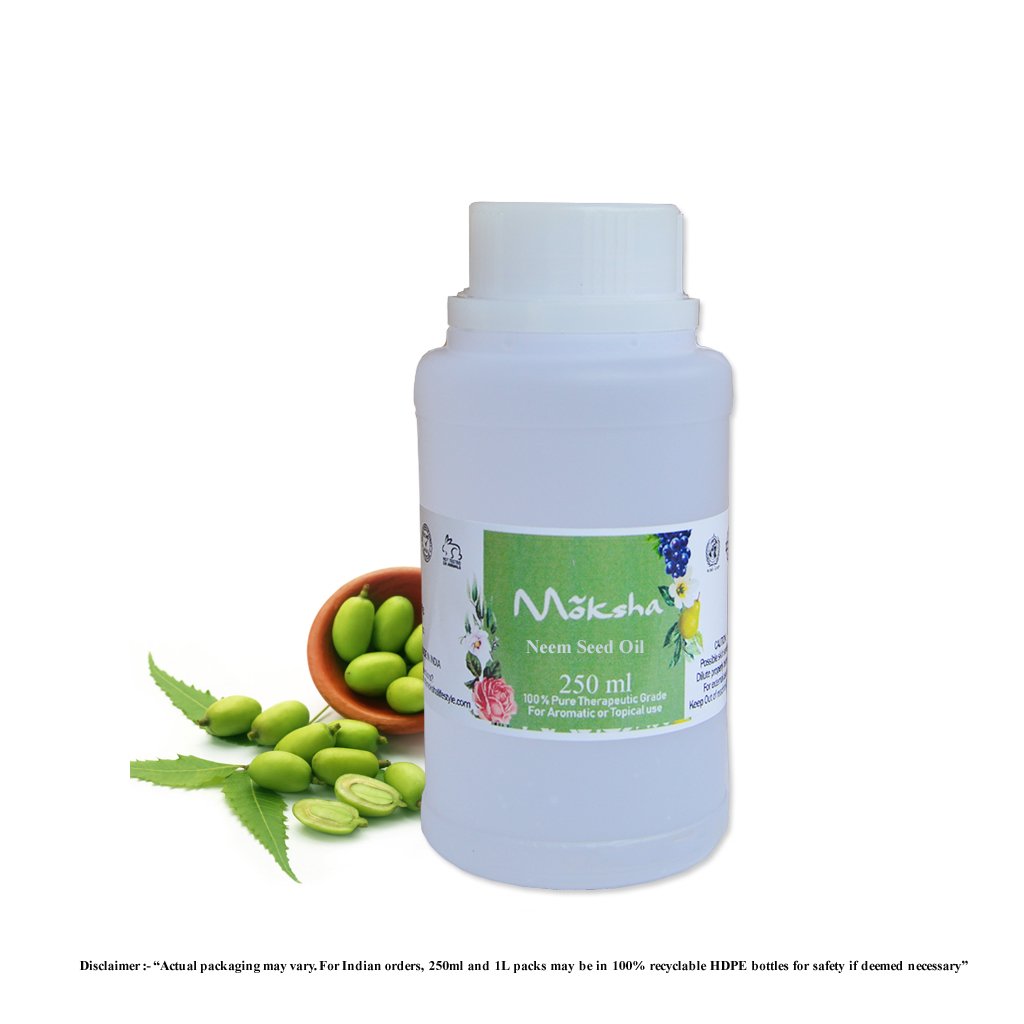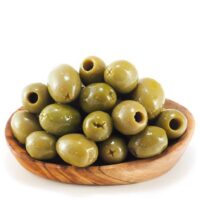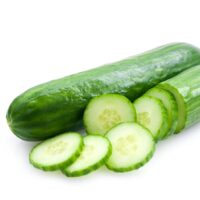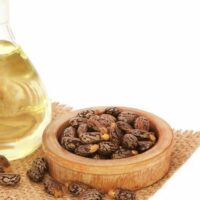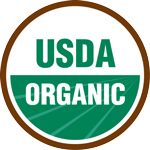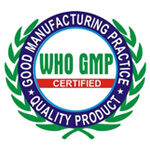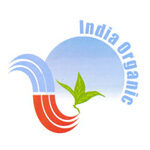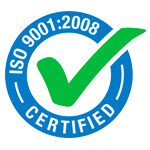
Moksha Lifestyle Products
Essential Oils India | Essential oils Wholesale | Essential Oils manufacturers – Moksha Lifestyle Products
Neem Oil
Plant Part : Seed
Extraction : Cold Pressed
Origin : India
Product Description:
Neem is a medium sized to large tree characterized by its short straight trunk, furrowed dark brown to gray bark, and dense rounded crowns of pinnate leaves. Native to India, Neem is widely planted and naturalized in semiarid areas throughout Asia and Africa. Neem is an evergreen of the tropics and sub-tropics. It belongs to the family Meliaccae and is a cousin of the Chinaberry. With an extensive and deep root system, the hardy Neem can grow luxuriantly even in marginal and leached soils, and thrives up to an elevation of 1500m. The Neem flowers are prolific between February and May. The honey-scented white flowers, found in clusters, are a good source of nectar for bees. Neem fruits are green drupes that turn golden yellow on ripening in the months of June, July and August, in India. The kernels have about 45% oil. The termite resistant Neem timber is used as a building material, and in making furniture and farm implements. The bark yields tannin and gum. The amber hued gum is used as a dye in textiles and in traditional medicines.
Product Color:
Brown
Common Uses:
Scientific research has confirmed that Neem seed oil is non-toxic to mammals and may be very effective antiseptic, antifungal, antibacterial, antiviral, dermatological and dental agent. It is also widely hailed as a natural insect repellant. This oil has been used for centuries in traditional Indian medicine to aid in the healing of topical skin disorders such as eczema, psoriasis, rashes, burns and acne. It is rich in fatty acids and glycerides and together with its healing properties, provides an excellent natural moisturizing base for skin care formulations.
History:
The Neem tree originates in India and is now being grown successfully in Northern Australia. The oils and dry extracts from the plant have been used in Ayurverdic medicines for thousands of years, and have been revered in India for their medicinal and healing properties, especially on chronic skin disorders.
Caution:
Use at up to 10% in skin care formulations. Up to 3% in hand and foot care products. and at 1 – 2% as an insect repellant. Considered to be safe in all normal topical applications.

